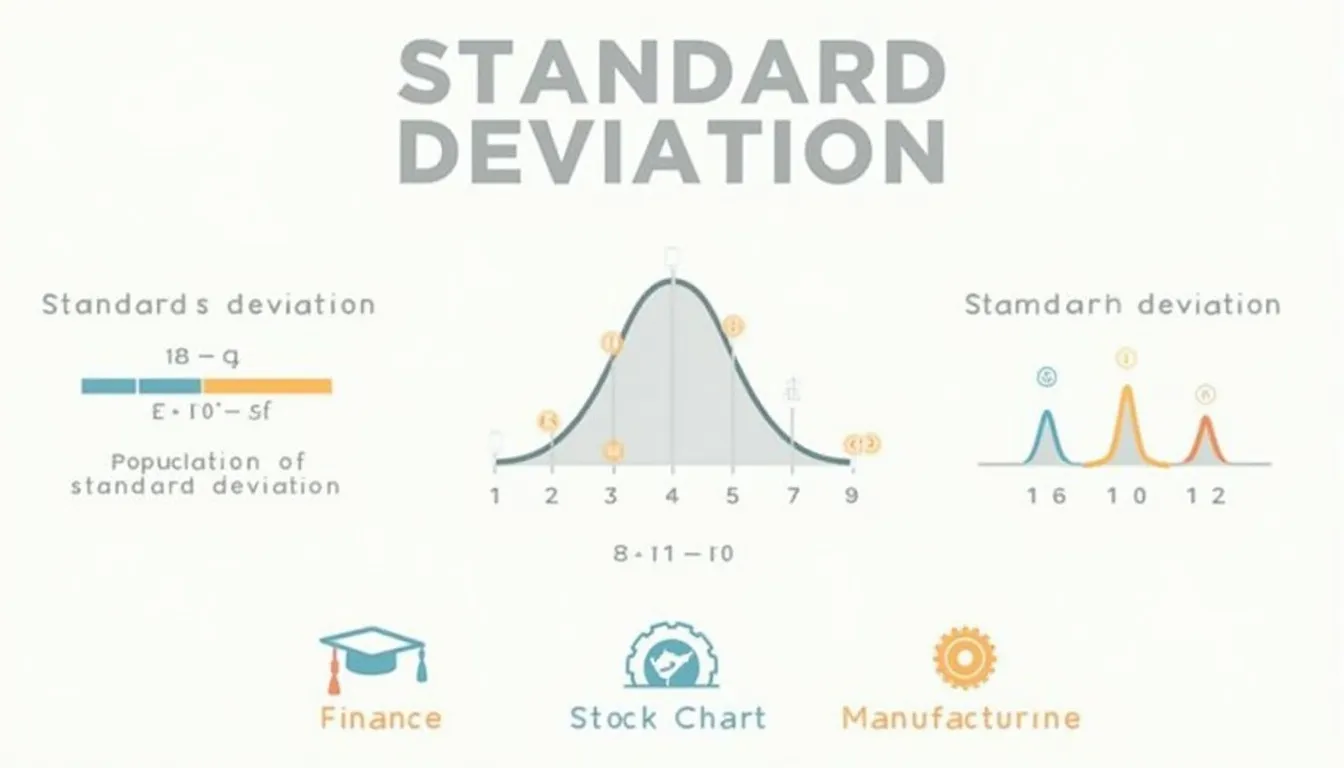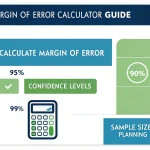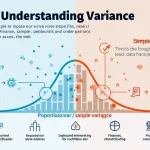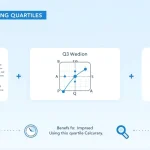Standard Deviation Calculator
Is this tool helpful?
How to Use the Standard Deviation Calculator Effectively
1. Input Your Data Set Correctly
Begin by entering your numerical data into the provided field. You can separate values by commas, spaces, or new lines. Here are two alternative examples of valid inputs to try:
- Comma-separated: 12, 15, 22, 19, 13
- Space-separated: 7 11 9 14 10
This flexibility allows you to quickly paste data from spreadsheets, reports, or other sources without worrying about formatting restrictions.
2. Choose the Appropriate Calculation Type
Select whether you want the Population Standard Deviation or the Sample Standard Deviation from the dropdown menu. This choice affects the calculation formula and should be based on your data context:
- Population Standard Deviation: Use if your data set includes every member of the population under study.
- Sample Standard Deviation: Use if your data set is a subset, or sample, from a larger population.
3. Calculate and Review Your Results
Click the “Calculate” button to process your data. The calculator will display:
- Mean: The average value of your data set.
- Variance: How much the data points vary around the mean, expressed as average squared differences.
- Standard Deviation: The square root of the variance, representing the data’s spread in the same units as the original values.
Understanding the Standard Deviation Calculator: Definition, Purpose, and Key Benefits
What Is Standard Deviation?
Standard deviation is a crucial statistical measure that quantifies the amount of variation or dispersion within a data set. It describes how closely data points cluster around the mean (average) value.
Mathematical Formulas Behind Standard Deviation
The formulas differ depending on whether you’re calculating population or sample standard deviation.
Population standard deviation:
$$\sigma = \sqrt{\frac{1}{N} \sum_{i=1}^{N} (x_i – \mu)^2}$$
- σ (sigma): Population standard deviation
- xi: Each individual data value
- μ (mu): Population mean
- N: Size of the population
Sample standard deviation:
$$s = \sqrt{\frac{1}{n – 1} \sum_{i=1}^{n} (x_i – \bar{x})^2}$$
- s: Sample standard deviation
- x̄: Sample mean
- n: Sample size
Why Calculate Standard Deviation?
Calculating standard deviation helps you:
- Understand how spread out your data points are from the average value.
- Detect unusual data points or outliers.
- Compare variability across multiple data sets or samples.
- Evaluate data consistency and reliability.
- Support statistical analysis and decision-making based on variability insights.
Benefits of Using This Standard Deviation Calculator
- Instant Results: Quickly calculate standard deviation and related statistics without manual errors.
- User-Friendly Data Entry: Accepts multiple input formats for seamless copying and pasting.
- Accurate Calculations: Employs rigorous formulas for precise statistical analysis.
- Educational Value: Displays mean and variance alongside standard deviation to deepen understanding.
- Versatile Usage: Supports both population and sample standard deviation calculations.
- Clear Presentation: Results are clearly labeled for easy interpretation by students, researchers, or professionals.
Example Calculations Using the Standard Deviation Calculator
Example 1: Measuring Monthly Sales Variability
A retailer wants to analyze fluctuations in monthly sales figures (in thousands):
Input:
- 12.5, 15.3, 14.2, 13.7, 16.1, 14.8
Selecting Sample Standard Deviation (as these represent a sample from yearly sales), the results are:
- Mean: 14.43
- Variance: 1.97
- Standard Deviation: 1.40
Interpretation: The monthly sales vary by approximately 1.40 thousand units from the average, indicating moderate variability.
Example 2: Evaluating Heights of a Classroom Group
An educator measures the heights (in cm) of students:
Input:
- 150 155 158 152 160 157 151
Choosing Population Standard Deviation because the entire group is measured, the calculator returns:
- Mean: 154.7
- Variance: 10.99
- Standard Deviation: 3.31
Interpretation: Heights in the group vary by about 3.31 cm from the average, showing relatively low dispersion.
Example 3: Assessing Website Daily Visit Consistency
A website owner tracks daily visits (in 1000s) over a week:
Input:
- 45.5, 47.8, 44.9, 46.7, 48.1, 46.2, 45.9
Using Sample Standard Deviation, the results are:
- Mean: 46.29
- Variance: 1.86
- Standard Deviation: 1.36
Interpretation: Daily visits fluctuate moderately around the mean, suggesting stable but variable web traffic patterns.
Important Disclaimer
The calculations, results, and content provided by our tools are not guaranteed to be accurate, complete, or reliable. Users are responsible for verifying and interpreting the results. Our content and tools may contain errors, biases, or inconsistencies. Do not enter personal data, sensitive information, or personally identifiable information in our web forms or tools. Such data entry violates our terms of service and may result in unauthorized disclosure to third parties. We reserve the right to save inputs and outputs from our tools for the purposes of error debugging, bias identification, and performance improvement. External companies providing AI models used in our tools may also save and process data in accordance with their own policies. By using our tools, you consent to this data collection and processing. We reserve the right to limit the usage of our tools based on current usability factors.







